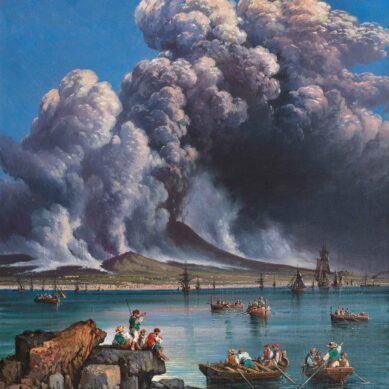You searched
Painter
Baccio Maria Bacci
Are you interested in the sales or the purchase of his artworks?
We buy works of this artist
and of other painters and sculptors from the 16th century to the first half of the 20th century
The Berardi gallery offers a free and without obligation service for evaluation of ancient and modern art . To find your way in the art market, very complex and full of nuances, it is better to rely on a professional consultant who can answer fast and concretely to your needs. The clarity of the answers will resolve effectively the need to estimate or sell an asset.
Contact us immediately without commitment
Answers also in 24 hours:
Baccio Maria Bacci
Baccio Maria Bacci
Baccio Maria Bacci was born in Florence into a family of artists. So, from an early age he became interested in art and in 1905 he went to Munich: he specialized in watercolor but at the same time experimented with the decoration of porcelain.
Upon returning to Florence, he enrolled at the Academy of Fine Arts to follow the courses of the now elderly Giovanni Fattori and those of Adolfo De Carolis. He became friends with Armando Spadini and the philosopher Carlo Michelstaedter and in the meantime became intolerant of the academic environment. He prefers to paint studying Cézanne and later the Italian seventeenth century to which he is introduced by Angelo Cecconi, who will become his collector, and by the critic Matteo Marangoni.
Driven by continuous artistic research, Bacci made a stay in Paris in 1913, where he came into contact with Apollinaire and where he can study Cézanne and post-impressionism closely, but also the important influences that African art has produced in Western art.
He then became interested in Bergson and in his diaries he expressed the desire to attend his lessons at the Sorbonne. Precisely for this strong interest he approaches the conception of time, flow and duration studied by the futurists Balla and Boccioni, without ever creating futurist compositions.
After the period of study in France and after the First World War in which he fought at the front, he made his debut at the Fiorentina Primavera in 1922 with fifteen works collected in a personal room, including L’uragano, I artichokes, Sull’argine, I vagabondi , The ferry, Spring rain on Monte Ceceri, The flood of the Arno in Compiobbi.
These are figure paintings, landscapes, still lifes that clearly reflect the influence of seventeenth-century painting, especially by Caravaggio, thanks to the study of chiaroscuro and color. With this exhibition he immediately found the favor of Ugo Ojetti and Roberto Longhi, which pushed him to further expand his research.
He therefore combines his pictorial bases given by the constructive color of Fattori with the chromatic and drawing majesty of the seventeenth century, with great attention to realism. He participates in the 1924 Venice Biennale with The Olive Harvest, a painting with strong references to antiquity, both in the composition and from the coloristic point of view.
At the following Biennale he sent Quarrymen’s Rest on Monte Ceceri and Portrait of a Dominican Friar, paintings with a strong volumetric presence and an attentive and precise gaze. These are the years in which his home in Fiesole becomes the seat of cultural meetings and in which he actively collaborates with the magazine “Solaria”.
In 1929 he dedicated himself to the frescoes of the convent of La Verna with the Stories of San Francesco and in the Thirties and Forties his works were enriched with new poetry, characterized by a strong lyrical intimacy, adhering to the reality of the domestic walls, bringing back into force the delicacy silent of the Lega or Borrani scenes.
At the First Rome Quadrennial in 1931 he sent August Feast, The convalescent, Moses saved, to the 1932 Biennale Boboli’s entrance from Pitti, Housewife still life, The tailor of Fiesole. After having dealt with numerous sacred decorations, he moved to Rome in 1955, to return to Florence only two years before his death in 1974.
Elena Lago







